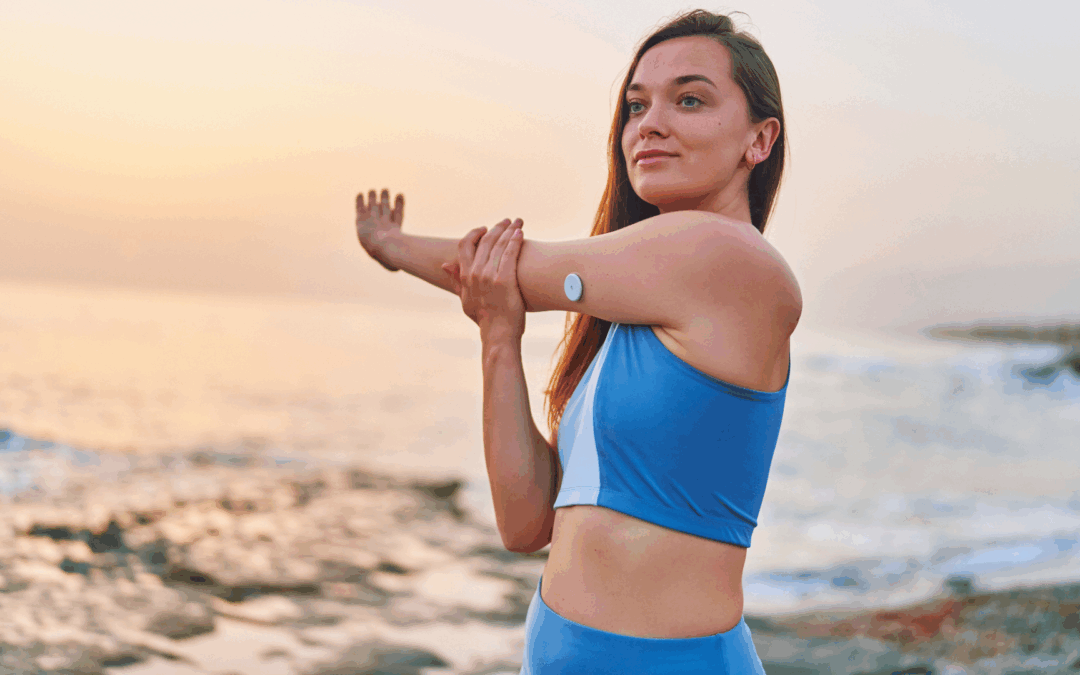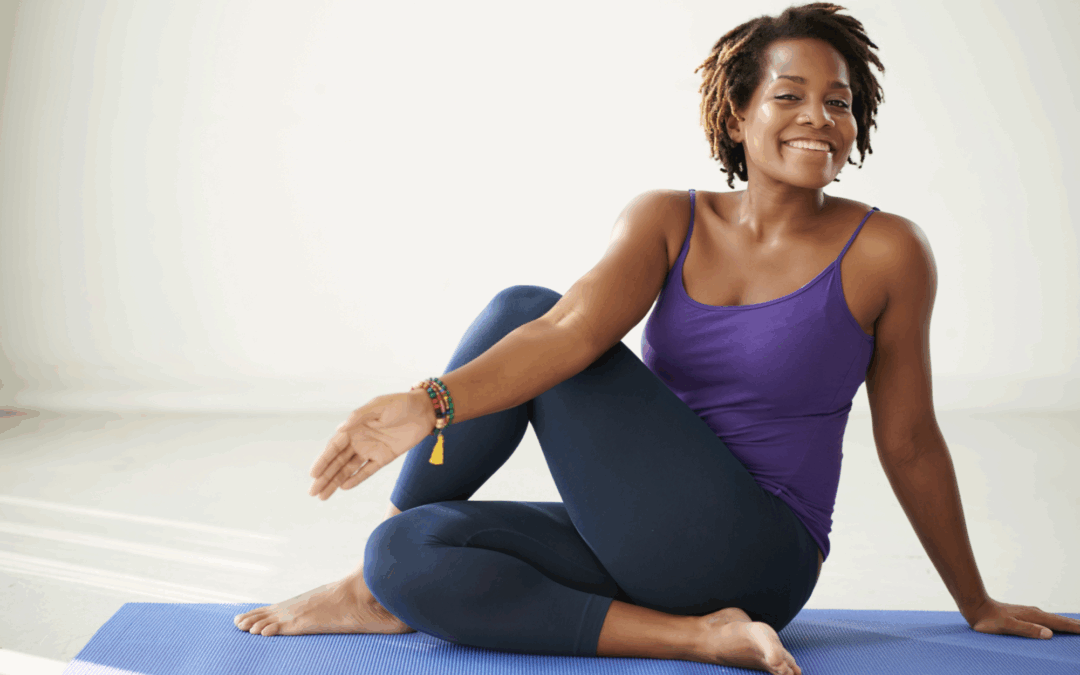WhWhen Emily was diagnosed with type 2 diabetes at age 38, she was overwhelmed. The doctor told her that regular exercise was key to managing her condition, but Emily had never been much of a gym-goer. She had always struggled to stick with a routine, and the idea of committing to an exercise plan felt daunting. “How can I fit exercise into my already busy life?” she wondered. Her work was demanding, and after a long day, the last thing she wanted to do was hit the gym. But Emily knew that if she didn’t take action, her health would continue to decline.
One day, Emily decided to try something small. She wasn’t ready for intense workouts or long hours at the gym, so she simply started by doing 15 minutes of stretching and light cardio in her living room each morning. The goal wasn’t to change everything overnight—it was just to start somewhere.
Building Momentum:
At first, Emily wasn’t sure what to expect. The first few days felt challenging, and she was a little stiff afterward, but she stuck with it. Slowly, those 15-minute sessions turned into 30 minutes, and Emily began to see and feel small improvements. She wasn’t just more energetic; she was also feeling mentally clearer. The mornings felt brighter, and she noticed that she wasn’t as fatigued during her workday.
After a couple of weeks, she added simple strength training exercises, like squats and lunges, using her own body weight. Emily was surprised at how much stronger she felt. Her legs were firmer, and she noticed an improvement in her posture. She wasn’t expecting to see big physical changes right away, but each workout left her feeling accomplished—and that feeling became addictive.
The Weight Loss Benefit:
Emily soon realized that regular exercise was helping her shed a few extra pounds. This was no small victory. She had struggled with her weight for years, and losing even a small amount felt empowering. “I’m not just managing diabetes,” she thought, “I’m also taking control of my weight and my health.” Exercise wasn’t just about burning calories—it was about feeling better about herself and her body.
As she kept up her new routine, Emily’s blood sugar levels started to stabilize. She felt proud when her doctor saw the improvement in her A1C levels during her check-up. The combination of exercise and healthier food choices was making a real difference.
Emotional Benefits of Exercise:
One of the biggest surprises for Emily was how much exercise boosted her mood. She had always been someone who struggled with stress. Between work deadlines and personal responsibilities, it sometimes felt like the pressure never stopped. But after a few weeks of exercising regularly, Emily noticed something remarkable: the stress didn’t seem as overwhelming. Even a quick 30-minute workout helped clear her mind and gave her a sense of calm.
She started looking forward to her daily workouts—not because they were a chore, but because they became her time to focus on herself. The endorphins from exercise left her feeling happier and more relaxed. She realized that taking care of her body wasn’t just about managing diabetes—it was about improving her overall quality of life.
The Holistic Benefits:
As the months went by, Emily began to feel stronger in ways she hadn’t anticipated. Not only was her blood sugar better controlled, but her energy levels had improved. She wasn’t constantly fighting fatigue. She found it easier to focus at work and even had more energy to spend time with her family.
Emily also noticed other unexpected benefits: her sleep improved, her digestion felt better, and she wasn’t getting sick as often. Regular exercise had become a full-body wellness routine, and she began to appreciate how deeply connected her physical health was to her emotional and mental well-being.
The Ripple Effect:
Emily’s experience with regular exercise transformed her life in more ways than she could have imagined. What started as a small, uncertain step toward managing diabetes became a journey toward overall health, well-being, and happiness. Not only was she managing her diabetes better, but she was also losing weight, feeling stronger, and enjoying life more.
When she looked in the mirror now, she didn’t see someone struggling with diabetes; she saw someone who was taking charge of her health and thriving. The confidence she had gained from exercise spilled over into other parts of her life, and it became clear that exercise wasn’t just about managing diabetes—it was about living life to the fullest.
Important Note:
This content is for informational and educational purposes only and is not a substitute for professional medical advice, diagnosis, or treatment. Always consult your healthcare provider with any questions regarding a medical condition or treatment plan. No doctor-patient relationship is established by reading or interacting with this content.
You Might Also Like

How to Live Well with Type 2 Diabetes
When Lisa was diagnosed with type 2 diabetes, she felt like her life was being put on hold. She had always been active—she loved hiking, biking, and trying new recipes—but the diagnosis made...

10 Easy and Delicious Diabetic-Friendly Recipes to Try
When Mark was diagnosed with type 2 diabetes, he knew he had to make some serious changes to his lifestyle. But one of the hardest things to accept was the idea of giving up his favorite foods. He...

From Struggle to Strength: Sarah’s Journey to Managing Her Diabetes
Sarah was just 30 when her world turned upside down. She had always been the picture of health—she ran 5Ks, cooked fresh meals, and enjoyed a lifestyle that felt unstoppable. So, when her doctor...


